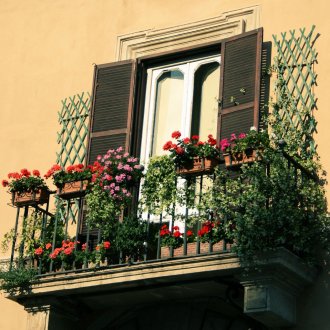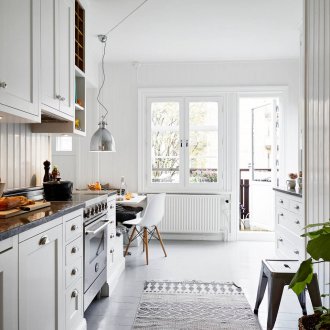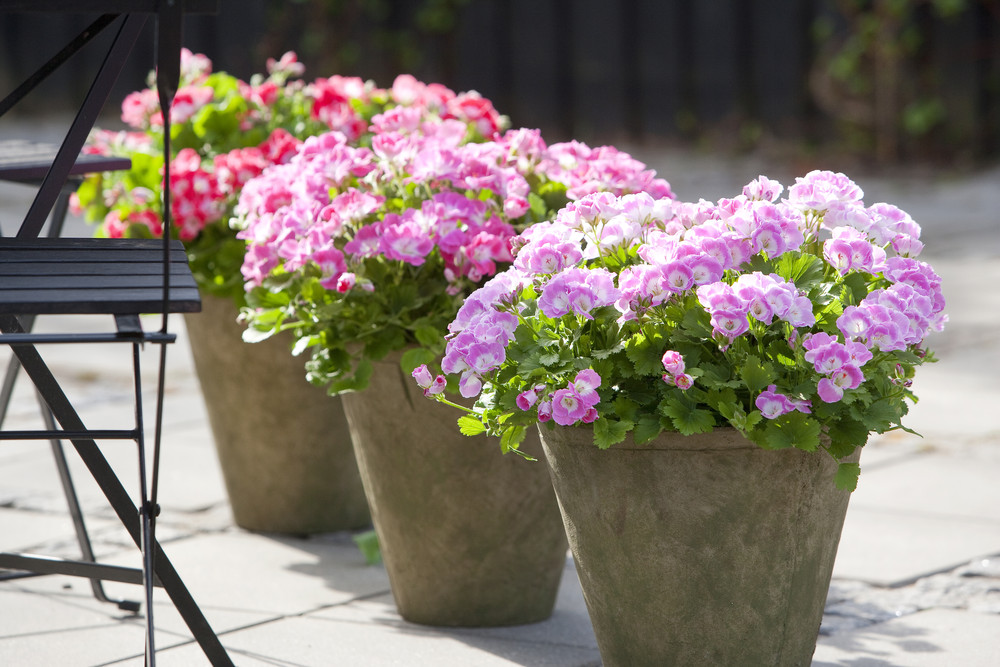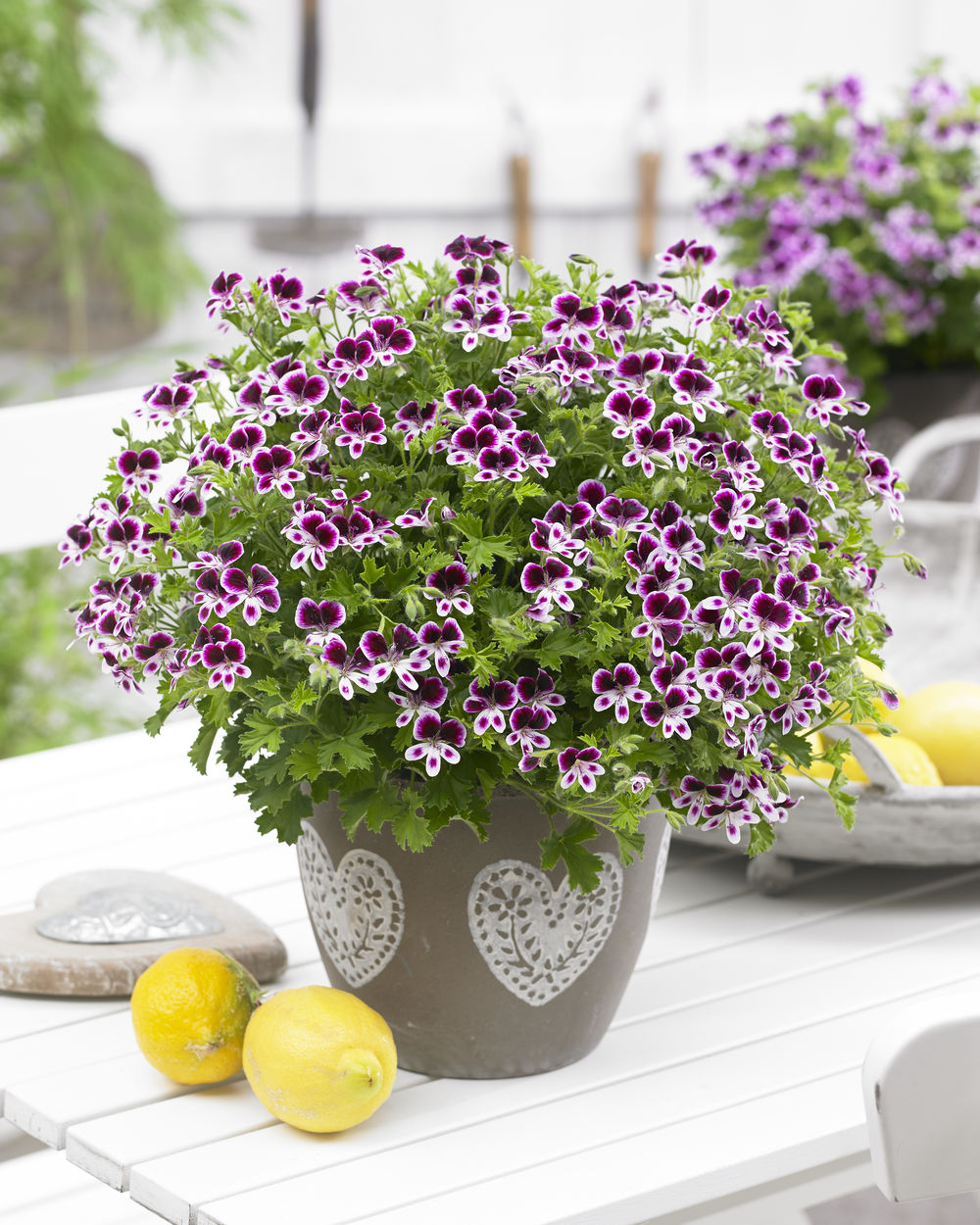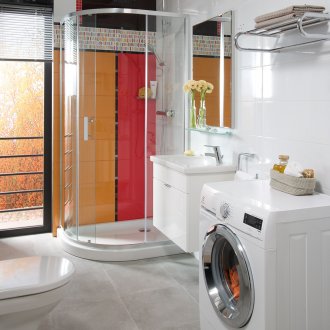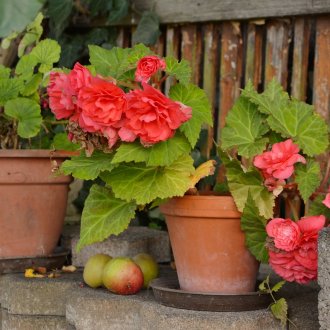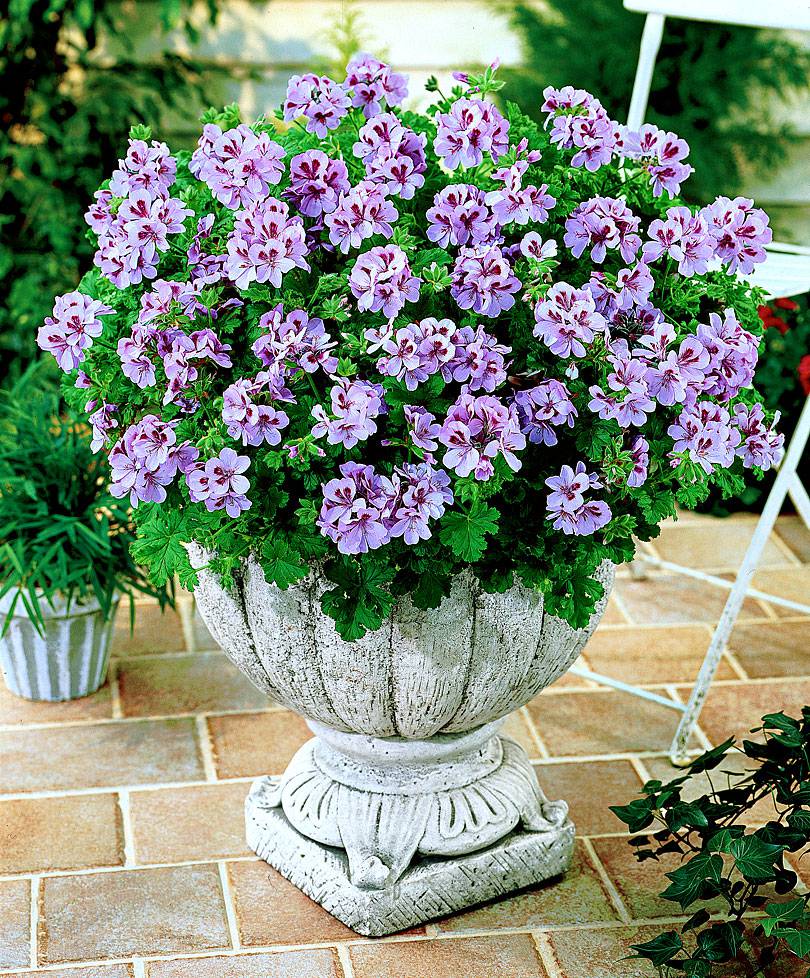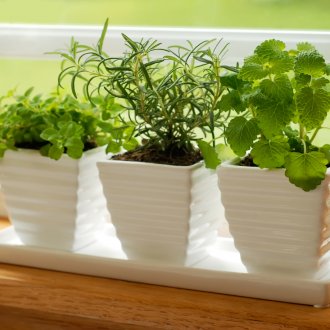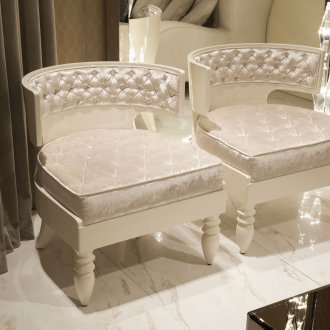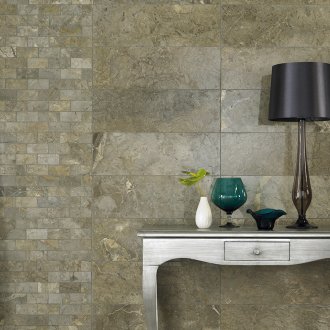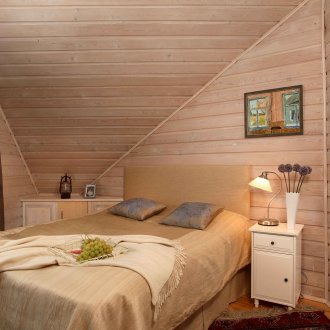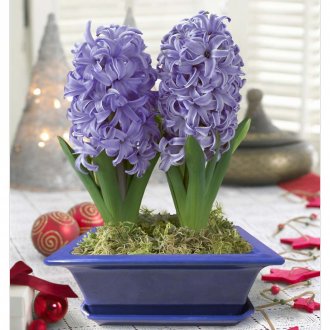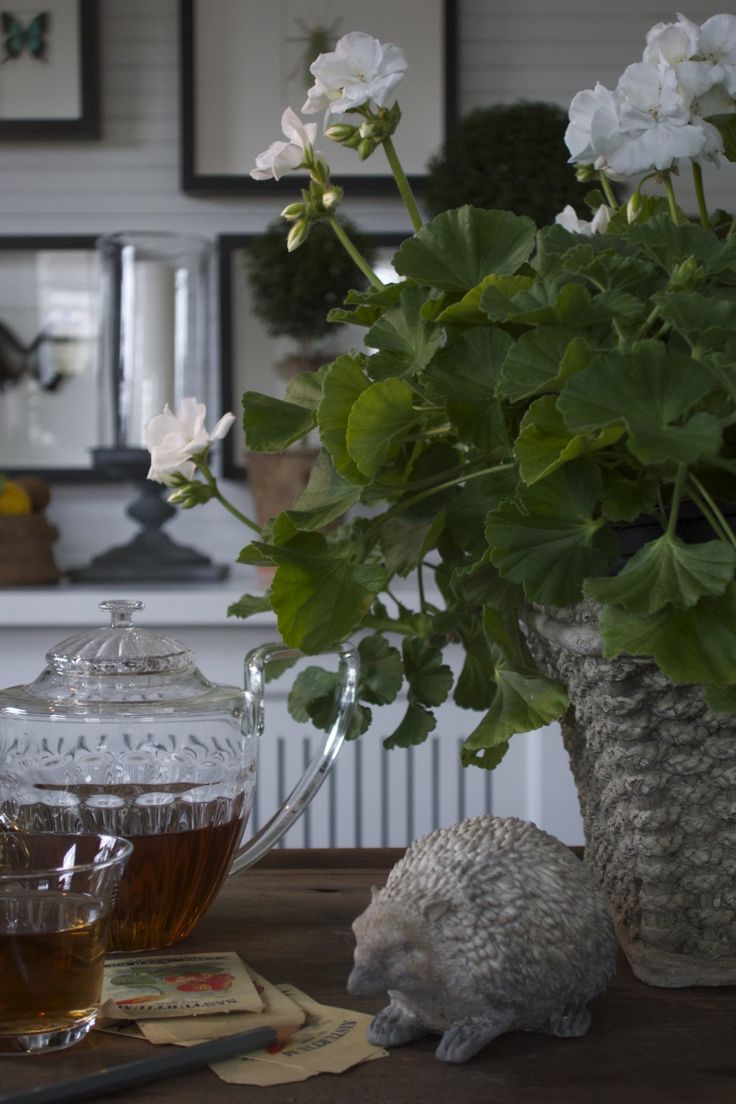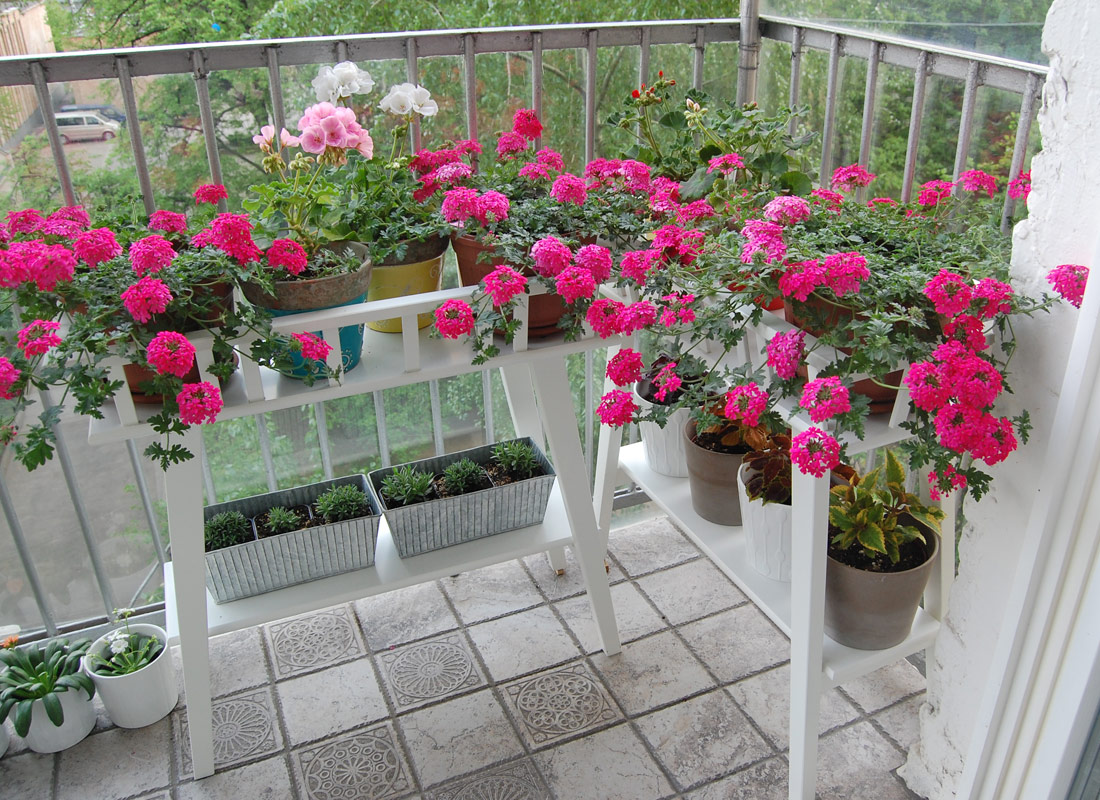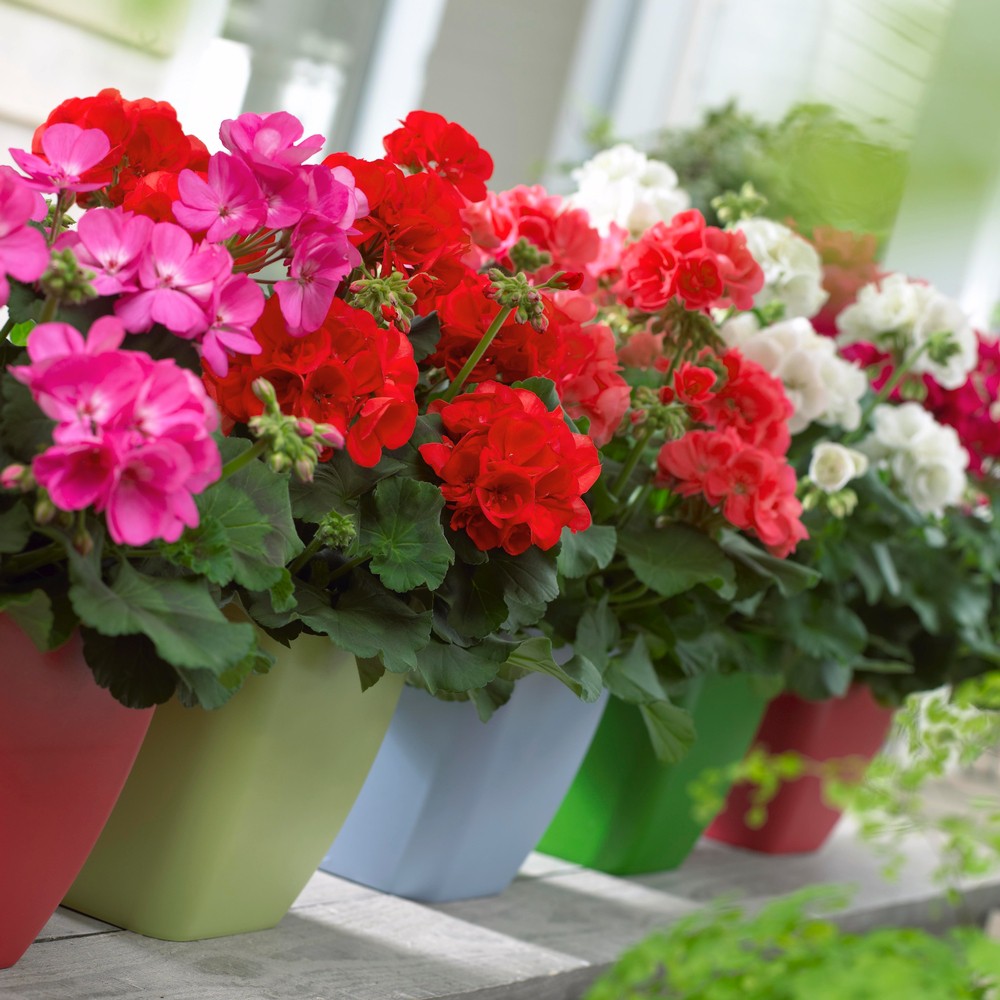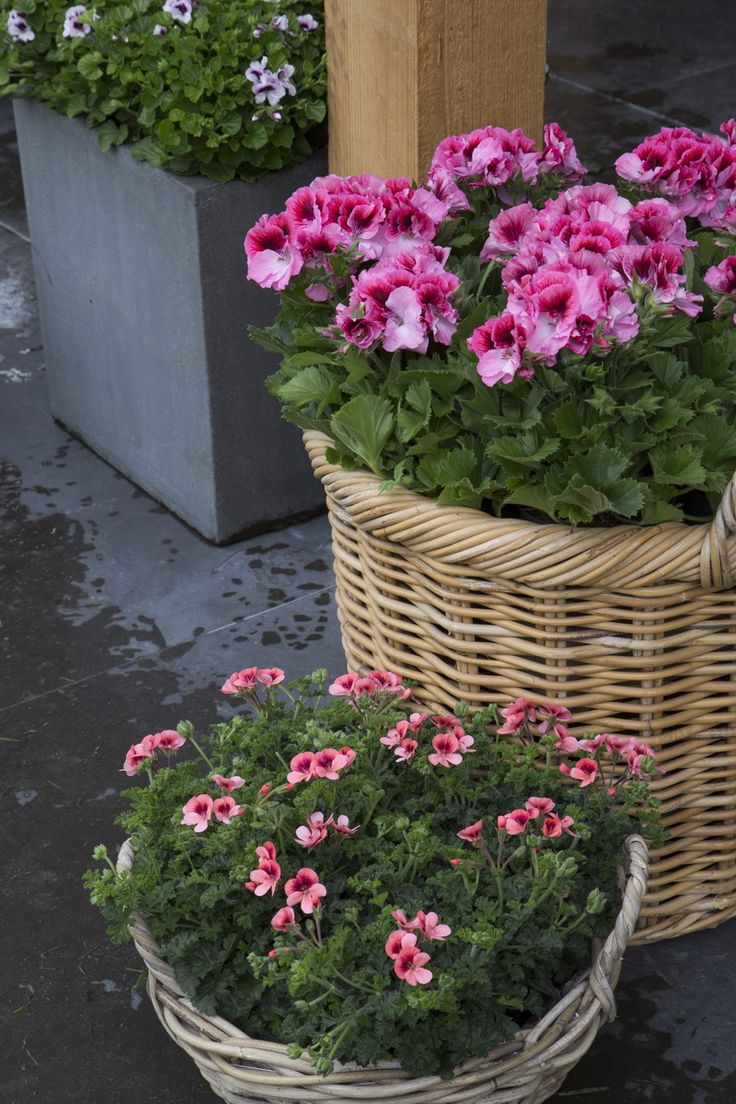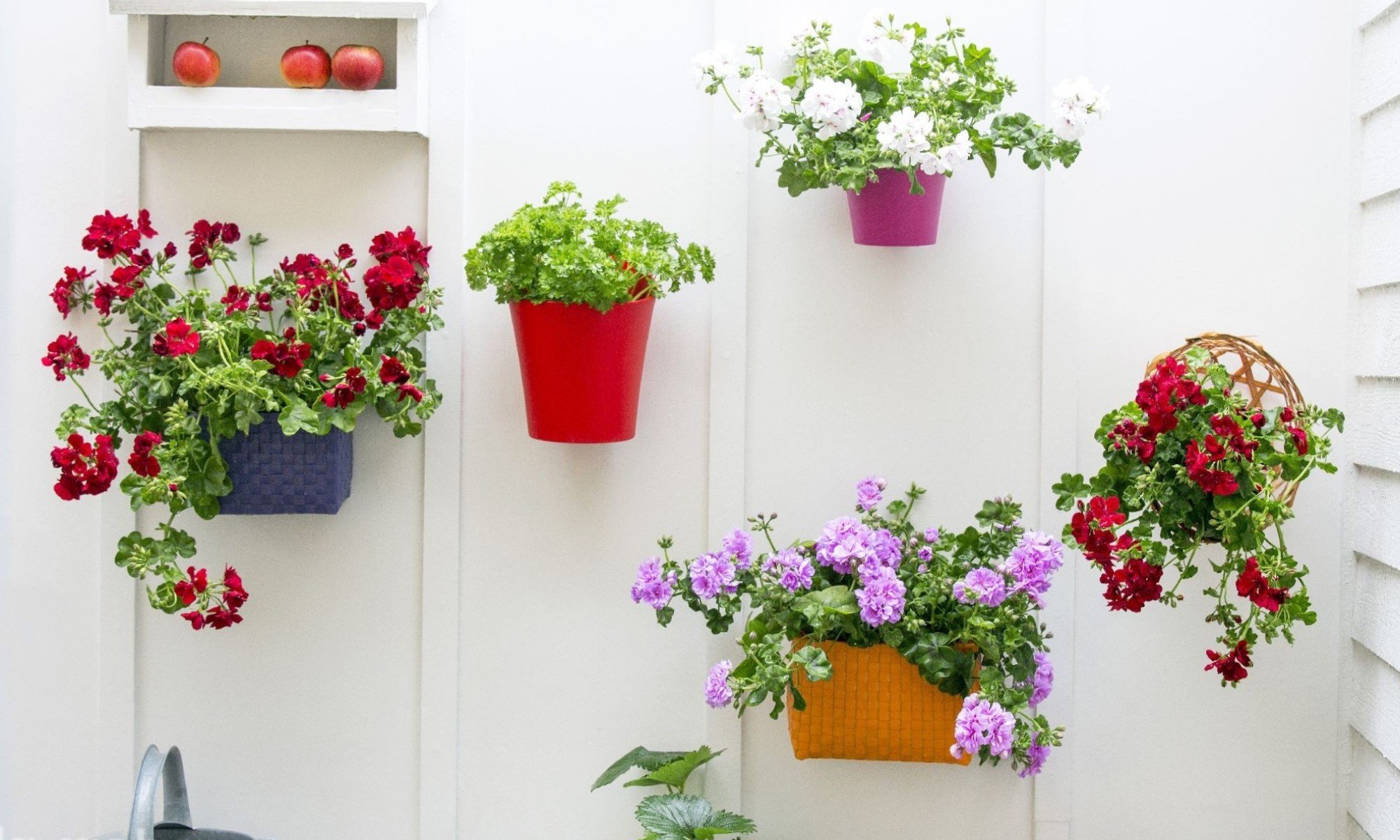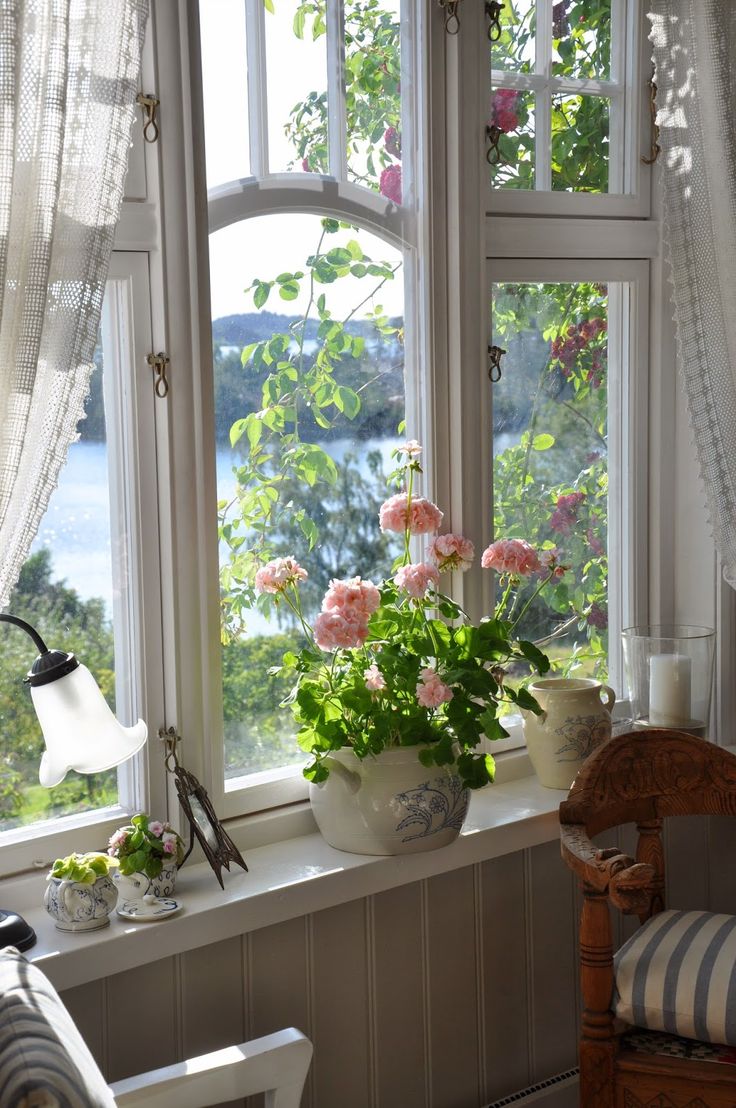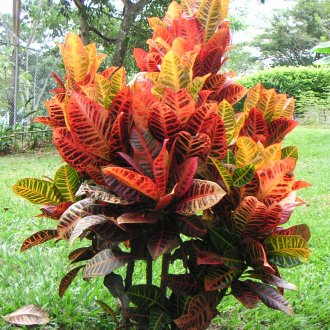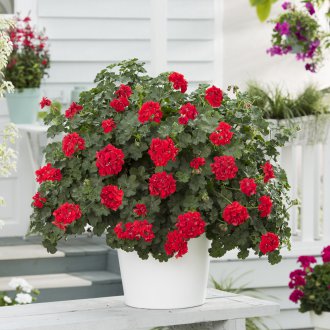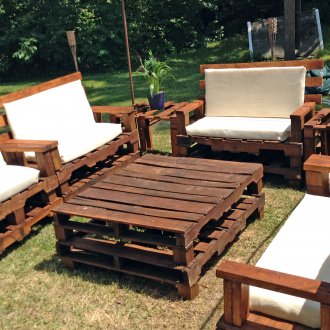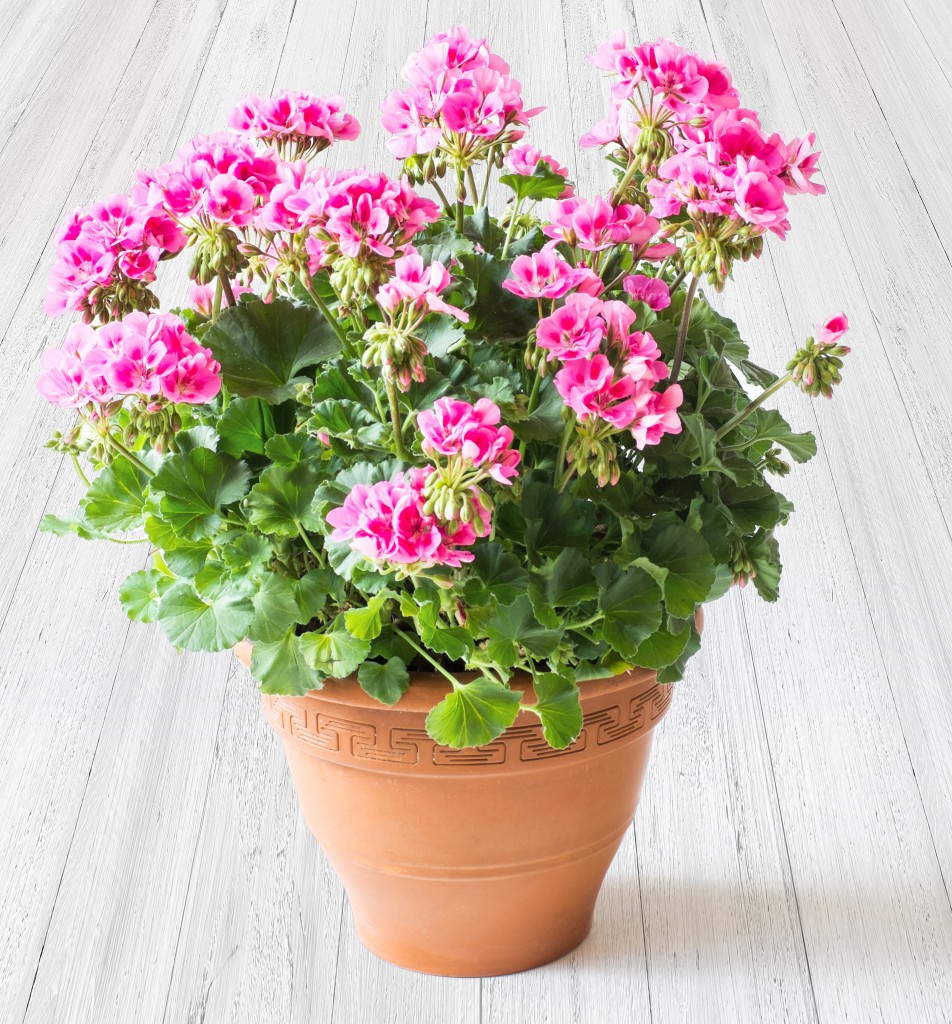Pelargonium home: a riot of colors in the interior (24 photos)
Content
- 1 Features of the classification of pelargonium
- 2 Royal Pelargonium: the person of "blue blood"
- 3 Pelargonium Pelargonium: ampelous beauty
- 4 Fragrant pelargonium: fragrant "Cinderella"
- 5 Tulip-shaped geranium: a room miracle
- 6 Beauty Pelargonium: home care
- 7 Basic secrets of reproduction
- 8 How to plant a plant?
A plant native to South Africa conquered the European continent in the 16th century. Pelargonium or geranium (family Geraniums) has long become our favorite indoor and balcony plant.
It is rapidly spreading around the globe, becoming one of the most popular plants. They love geranium for decorative, unpretentious, simple propagation and medicinal properties. And there are so many types and varieties that everyone can choose to their taste and color.
Features of the classification of pelargonium
In the world there is no harmonious classification of pelargonium into groups, species and varieties. There are classifications proposed by different breeders, but none of them can be called perfect. This is due to the fact that in the last century many new varieties were bred: dwarf and variegated forms, with two-color and double flowers.
Most often, pelargonium is divided into the following groups:
- Zonal.
- Conjoint or balcony.
- Large-flowered (flowering) or royal.
- Angels
- Unique.
Fragrant pelargonium stands out as a separate group, which does not differ in beautiful flowering, but has carved leaves. To a greater extent, it can be attributed to decorative leaf forms. But this division is conditional, since fragrant pelargoniums are different species.
Variegated geranium is considered as a separate group, but again among these plants there are ivy and fragrant. We will get to know the most interesting varieties of this common and unpretentious room culture. So, we represent varietal pelargonium.
Royal Pelargonium: the person of "blue blood"
The most popular pelargonium, the varieties of which have uniqueness and decorativeness. Royal pelargonium belongs to the large-flowered - one of the most striking and refined representatives of the species. Beautiful wavy petals and a flower diameter of 4-6 cm. Distinguishes this species from other beautifully flowering forms. This is probably why it is the most capricious and demanding of growing conditions:
- after rooting the cuttings, flowering begins only in the second year;
- does not grow in the open air, in the front gardens;
- flowering lasts only 3-4 months;
- in winter, it should be at a temperature of + 11-13C in bright light, otherwise in summer the plant does not bloom;
- in spring it needs a transplant, fever and heavy watering.
Royal pelargonium at home requires a special attitude, although most other varieties are easy to grow.
Pelargonium Pelargonium: ampelous beauty
Drooping, thin, branched stems allow you to define this plant in the group of ampelous. Pelargonium pelargonium is distinguished by a fleshy and glossy leaf plate resembling ivy leaf in shape. Flowers form inflorescences-umbrellas of different colors: white, pink or purple. There are unusual varieties with bronze or variegated leaves.
Ampelic pelargonium looks best in pots or hanging drawers.Drooping stems end with long pedicels, strewn with flowers, among which there are terry forms. This beautiful indoor flower in the flower beds grows into a continuous carpet of colorful bushes.
Fragrant pelargonium: fragrant "Cinderella"
Fragrant pelargonium differs in aroma and is used for the production of geranium oil. If you rub the leaf, then the aroma will intensify. The leaf blade is heavily indented, and therefore does not look like a leaf of room geranium. It blooms modestly, and the bushes, growing to a meter, are not very decorative. Although there are attractive varieties, but again due to the leaves, not the flowers.
It can be used as seasoning for dishes, for the production of drinks and sweets. The species includes about 100 varieties, each of which has a special aroma. And it’s not scary that this species practically does not bloom. The main thing is that it gives fragrant oil with different flavors.
Tulip-shaped geranium: a room miracle
Tulip-shaped pelargonium can be proud of its history - a mystery lies in its creation. It was bred in the Andrea nursery (this is a family nursery in Boston). In 1966, presented at the exhibition as a new hybrid. But many consider this species to be simply a mutation, because without proper care it loses its decorative qualities, becoming the same as ordinary home pelargonium.
It is interesting for medium-sized (up to 1 cm.) Flowers, reminiscent of an undeveloped tulip. An inflorescence, in which there can be up to 50 flowers, looks like a chic bouquet. It differs in shades from gentle to saturated, from pink to burgundy. Inside the flower is painted more brightly. The leaves are interesting in that they are hard and shiny. Among these geraniums there are plants from 30 to 70 cm tall.
Pelargonium, whose species do not cease to amaze, remains one of the most beloved indoor plants. In addition to plentiful and prolonged flowering, it has bactericidal properties, purifying room air from the ubiquitous microbes.
Beauty Pelargonium: home care
If you follow the simple rules of caring for this crop, then it will delight you with a well-groomed appearance and plentiful flowering, and its cultivation will turn into a pleasure.
Pelargonium at home prefers the following care:
- Watering rules: in the summer loves plentiful bathing of roots, but not spraying. It is especially undesirable to spray inflorescences. Watering every other day, but make sure that moisture does not accumulate in the pan. The rule is appropriate here: it’s better not to overcharge than to overfill. In winter, pelargonium, watering which is reduced to 1 time per month, rests and gains strength for summer flowering.
- Rules of lighting: for a beautiful and long flowering, so that the stems are thick and the leaves are juicy, you need a lot of light. If the geranium is located on the south window, then it is advisable to shade it a bit from the direct rays of the sun. In winter, you can add artificial lighting. In a shaded place it will not bloom, the stems will stretch, and the leaves will fade.
- Comfortable temperature: during growth and flowering, a room culture needs warmth. She feels well in the mode t = + 20-25C. From October to February, a dormant period sets in and during this period t = + 12-15С is optimal.
- Humidity mode: the air in the apartment should be moderately humid. Pelargonium indoor loves fresh air, access to which it needs to provide.
- Nutrition rules: you need to feed geraniums during the period of active growth - from spring to autumn. Top dressing is carried out 2 times a month. Like any other culture, pelargonium needs nitrogen for abundant lush foliage, potassium and phosphorus for long and bright flowering. Fertilizers need to be applied in liquid form to slightly moistened soil. There is a special fertilizer for pelargonium - Pelargovit, which is used based on the instructions.
You can use various organic substances: wood ash, infusion of bird droppings or herbs, humus.Therefore, the question of how to feed geraniums is not particularly acute. The main thing is to breed fertilizers in the right proportion.
Now it’s clear how to care for pelargonium. The question remains how to propagate and plant it correctly.
Basic secrets of reproduction
There are no special secrets here, but there are three main methods of reproduction.
Cuttings
The easiest and most affordable way - cuttings. Cuttings can be cut in March-February or July-August. Cut stalk should be 5-7 cm in size with 2-3 leaves.
It is slightly wilted (allowed to dry, but not dry) and planted on a substrate. Abundant watering is needed, but should not be covered. After about a month, the stalk will take root and can be planted in a separate container.
You can simply put the shoot in the water and get a small plant with a root system. If you worry that your pet will not give root, add growth stimulants to the water, for example, Kornevin.
Seeds
Pelargonium from seeds grows at home. They begin to germinate in February-March, spreading on moist ground and slightly sprinkling with soil. We maintain room temperature, cover the container with film, and periodically wet the soil.
Shoots appear quickly after about 2 weeks. They are dived, placed in a cooler room with good lighting. Then you can plant pelargonium in a pot, placing in the light.
It blooms in the first year after planting, but even a small plant does not bloom in the shade.
Bush division
How to propagate pelargonium by dividing the bush? When the pot for the plant becomes cramped, you can divide the geranium into 2-3 parts, planting each in a separate container. Geraniums take root quite easily, so there should not be any problems with this method of reproduction.
How to plant a plant?
Pelargonium planting is traditional, as for most indoor crops:
- The flower pot should fit the size of the plant.
- There are drainage holes at the bottom so that excess moisture flows into the drip tray.
- If you plan to rearrange the plant, it is better to use a plastic container for planting.
- Pick up the soil: it should be loose, dry well and contain organic matter. It is better to use purchased soil of good quality.
- Pour the soil mixture into the pot, making a root recess in the middle.
- Pour water into the recess, place the roots of the plant and cover it with earth.
- Put a plant planted in this way in the space provided for it.
- If the geranium does not bloom for a long time, find a lighter area for it in the apartment.
If the pot for planting a crop is not new, then it must be thoroughly washed and disinfected with a potassium permanganate solution. In such a pot, bacteria can persist that can infect the planted plant in it.
Pelargonium flower is a unique decorative and medicinal plant. It will bring bright, saturated colors into the house and rid the air of pathogenic bacteria. It will make your home cozy and green, without requiring in return a special relationship to yourself. This is probably why a beautiful geranium peeps out of many windows in the houses.
